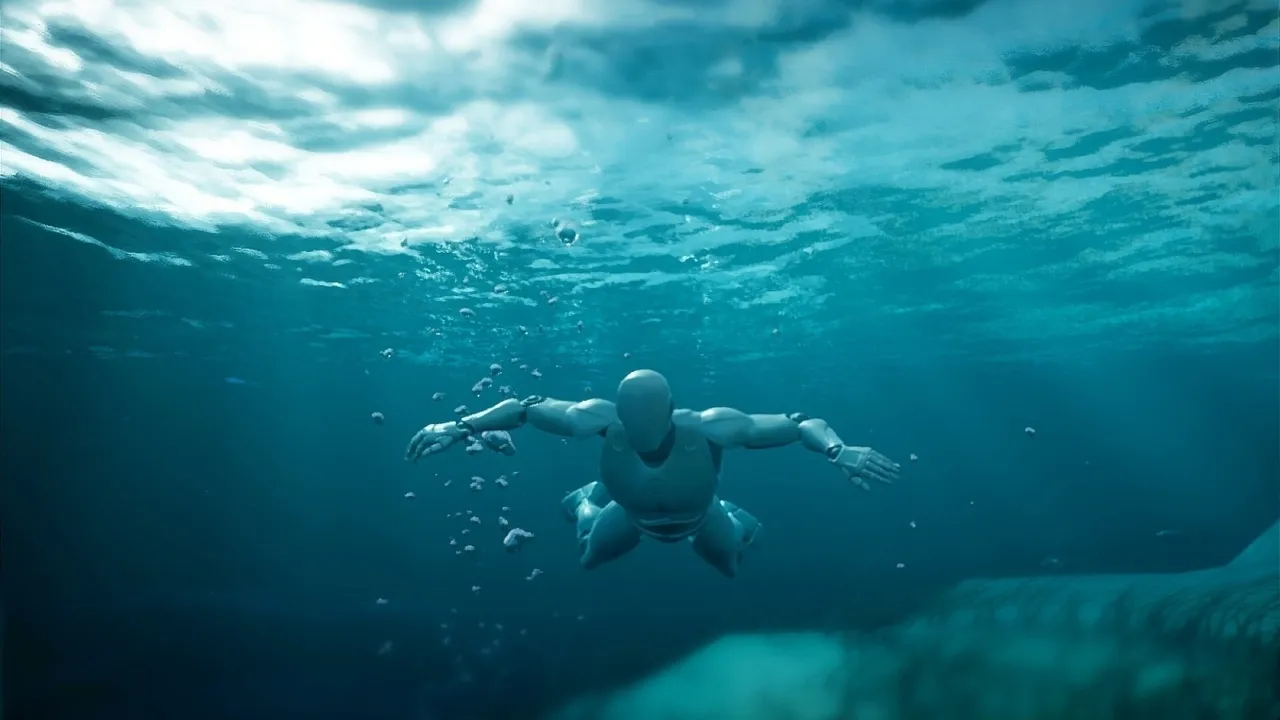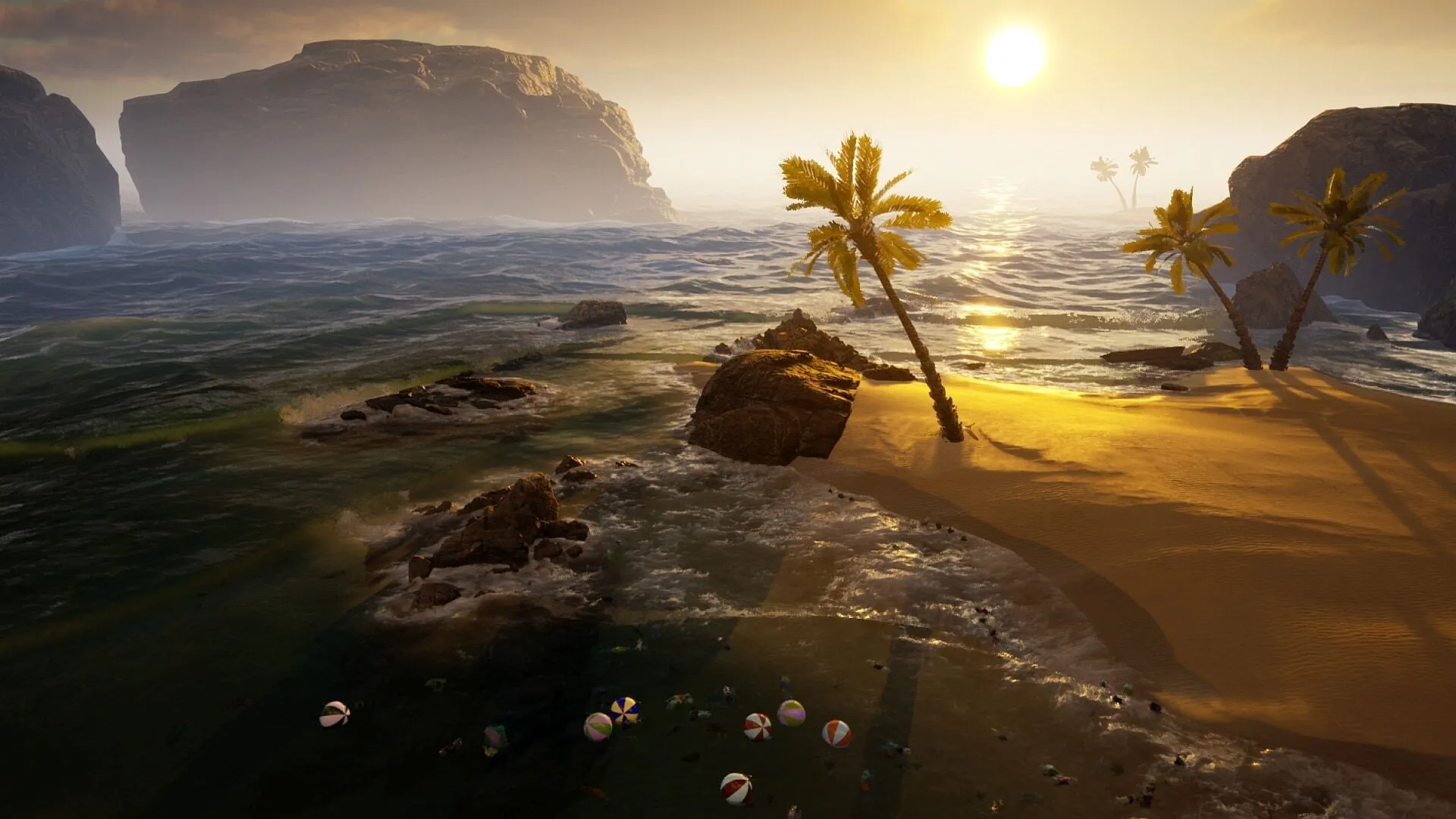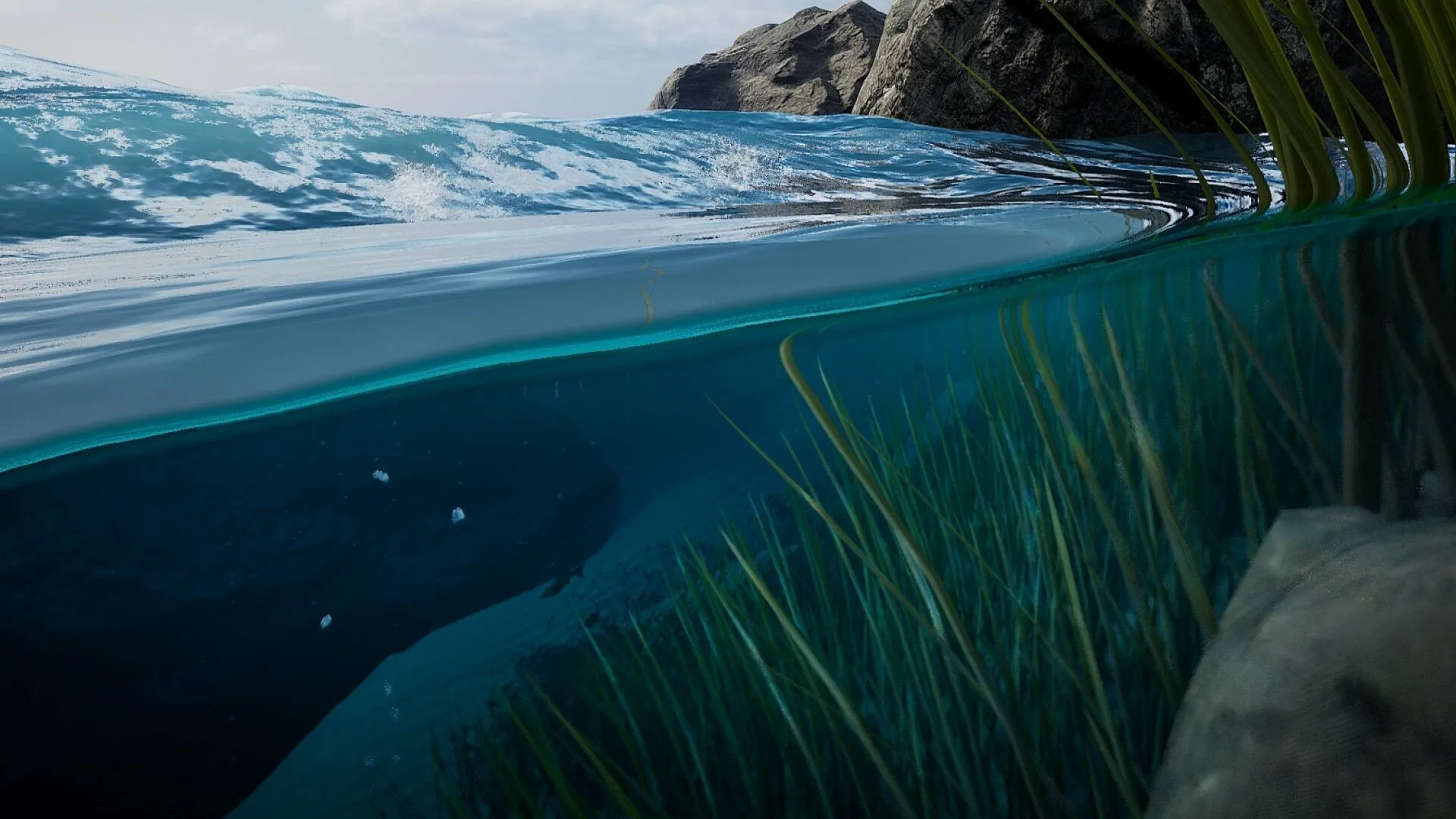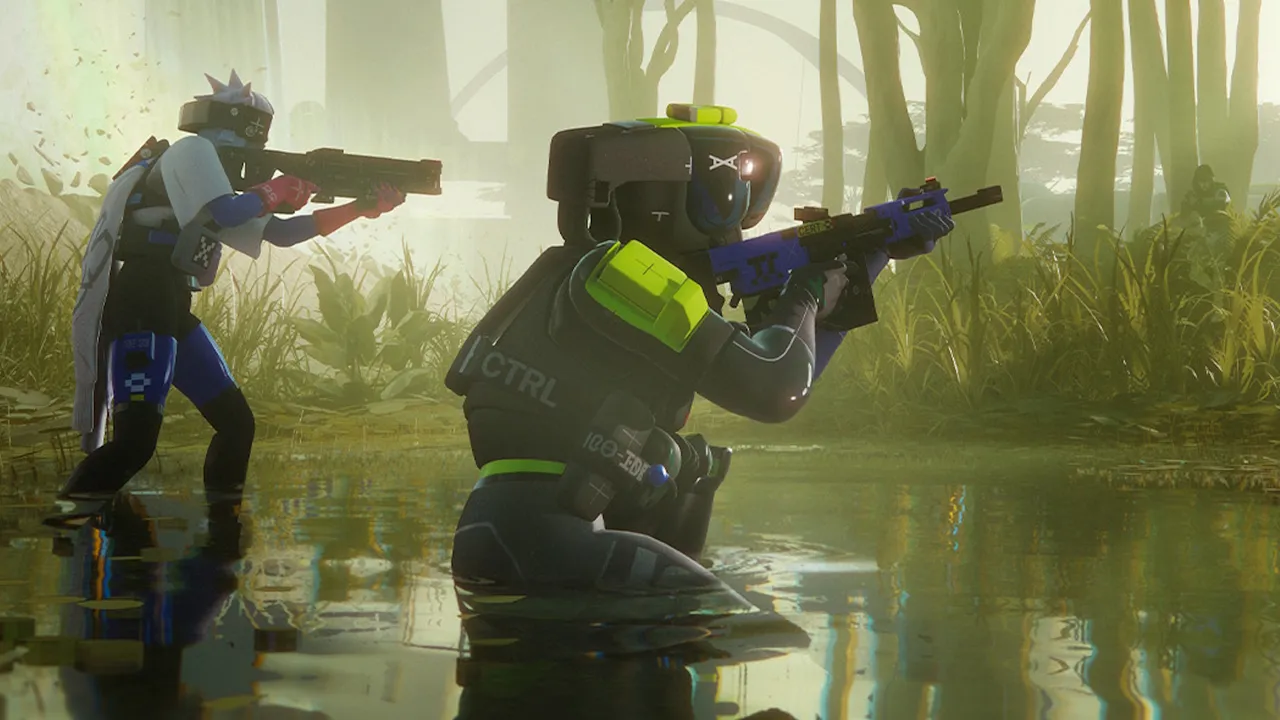Using Fluid Flux 2.0 to create realistic water simulations in Unreal Engine 5

Krystian Komisarek, an independent game developer, physics, and graphics programmer, has recently released the highly anticipated update for Fluid Flux, a powerful water system based on 2D shallow-water simulations. After dedicating over six months to its development, with a specific focus on large-scale maps featuring oceans, Krystian has introduced the Fluid Flux 2.0 release, which brings a host of new features and improvements.
One of the standout features in Fluid Flux 2.0 is its ability to simulate realistic coastlines. In this update, the ocean water utilizes Wave Profiles, which are then blended with the prebaked simulated state. This allows for a more natural and visually pleasing representation of the coastline. Furthermore, the system now supports up to 10km x 10km of coastline area, enabling developers to create expansive and immersive environments.
The large-scale surface mesh rendering in Fluid Flux has also been enhanced in the 2.0 update. It now utilizes a Niagara-based infinite grid mesh, consisting of 64 particle meshes at a resolution of 128x128. This improvement ensures a smooth and detailed rendering of the water surface, further enhancing the overall visual quality of the system.

To provide developers with greater flexibility and ease of use, Fluid Flux 2.0 introduces three color slots: shore, ocean, and painter. These color slots, along with 24 predefined unique color schemes, allow for easy customization of the water system, ensuring it blends seamlessly with the desired art style and environment.
The update also includes a new landscape material with wetness, which adds a realistic and dynamic wet effect to the surrounding terrain. Additionally, an underwater SLW material has been introduced, which supports time-of-day changes, allowing for stunning underwater visuals that adapt to the lighting conditions of the scene.

Fluid Flux 2.0 places a strong emphasis on improving the overall realism of the water simulation. With the inclusion of wave breaks, wave shadows, and a new detail map, the water's behavior and appearance are more lifelike and immersive. The introduction of a new displacement animation for waves, generated using Fast Fourier Transform (FFT), further enhances the visual fidelity and natural movement of the water.
Boat interactions have also seen significant improvements in Fluid Flux 2.0. The system now offers more accurate and realistic boat interactions, allowing developers to create dynamic and engaging maritime experiences within their games.
Overall, Fluid Flux offers a wide range of features that make it a powerful and versatile water system. It provides real-time shallow water simulation, fluid surface rendering with various effects such as caustics, wetness, and advected foam, and fluid interactions optimized for performance. The system also incorporates a Niagara environment interaction, enabling high-quality effects for objects like plants, characters swimming, and boats.
Fluid Flux can be purchased on the Unreal Engine marketplace here if you wish to splash in the water before the 2.0 update is fully released!
 Singularity Systems - FZCO
Singularity Systems - FZCO
 Pocket Lobster
Pocket Lobster
 Unity
Unity
 Victor Game Studio
Victor Game Studio
 Corsair
Corsair
 Corsair
Corsair
-
 Final Fantasy 9 character designer Toshiyuki Itahana leaves Square Enix to pursue freelance work
Final Fantasy 9 character designer Toshiyuki Itahana leaves Square Enix to pursue freelance work -
 Splitgate 2 reboot Arena Reloaded launches with underwhelming player numbers
Splitgate 2 reboot Arena Reloaded launches with underwhelming player numbers -
 New PS5 jailbreak exploit causes price of Star Wars Racer Revenge to rise into the hundreds
New PS5 jailbreak exploit causes price of Star Wars Racer Revenge to rise into the hundreds -
 GOG co-founder acquires full ownership of the digital storefront from CD Projekt
GOG co-founder acquires full ownership of the digital storefront from CD Projekt -
 Rainbow Six Siege servers shut down after hackers gift billions in currency to players, Ubisoft potentially affected by breach
Rainbow Six Siege servers shut down after hackers gift billions in currency to players, Ubisoft potentially affected by breach -
 Rockstar reportedly considered Grand Theft Auto games set in Tokyo, Rio, Moscow, and Istanbul, former developer claims
Rockstar reportedly considered Grand Theft Auto games set in Tokyo, Rio, Moscow, and Istanbul, former developer claims -
 Vince Zampella, Battlefield head and co-creator of Call of Duty, has died
Vince Zampella, Battlefield head and co-creator of Call of Duty, has died -
 UK esports organization Fnatic explores $100 million sale following acquisition interest
UK esports organization Fnatic explores $100 million sale following acquisition interest -
 Naughty Dog has reportedly mandated crunch for Intergalactic: The Heretic Prophet demo ahead of internal Sony review
Naughty Dog has reportedly mandated crunch for Intergalactic: The Heretic Prophet demo ahead of internal Sony review -
 Sony and Honda announce PlayStation Remote Play integration for their upcoming Afeela 1 car
Sony and Honda announce PlayStation Remote Play integration for their upcoming Afeela 1 car -
 Marathon art director leaves Bungie ahead of game's launch next year
Marathon art director leaves Bungie ahead of game's launch next year -
 League of Legends to receive a total overhaul in 2027, Riot Games announces
League of Legends to receive a total overhaul in 2027, Riot Games announces